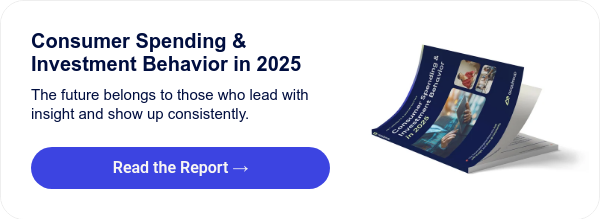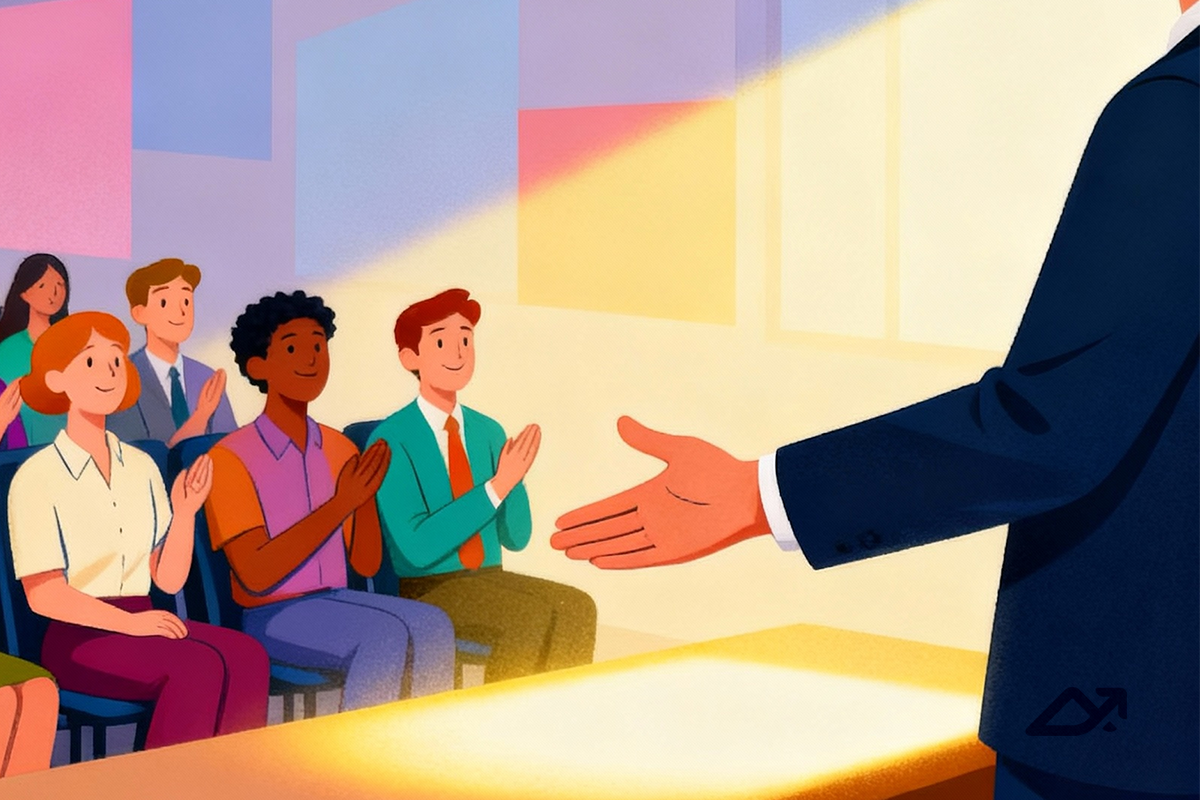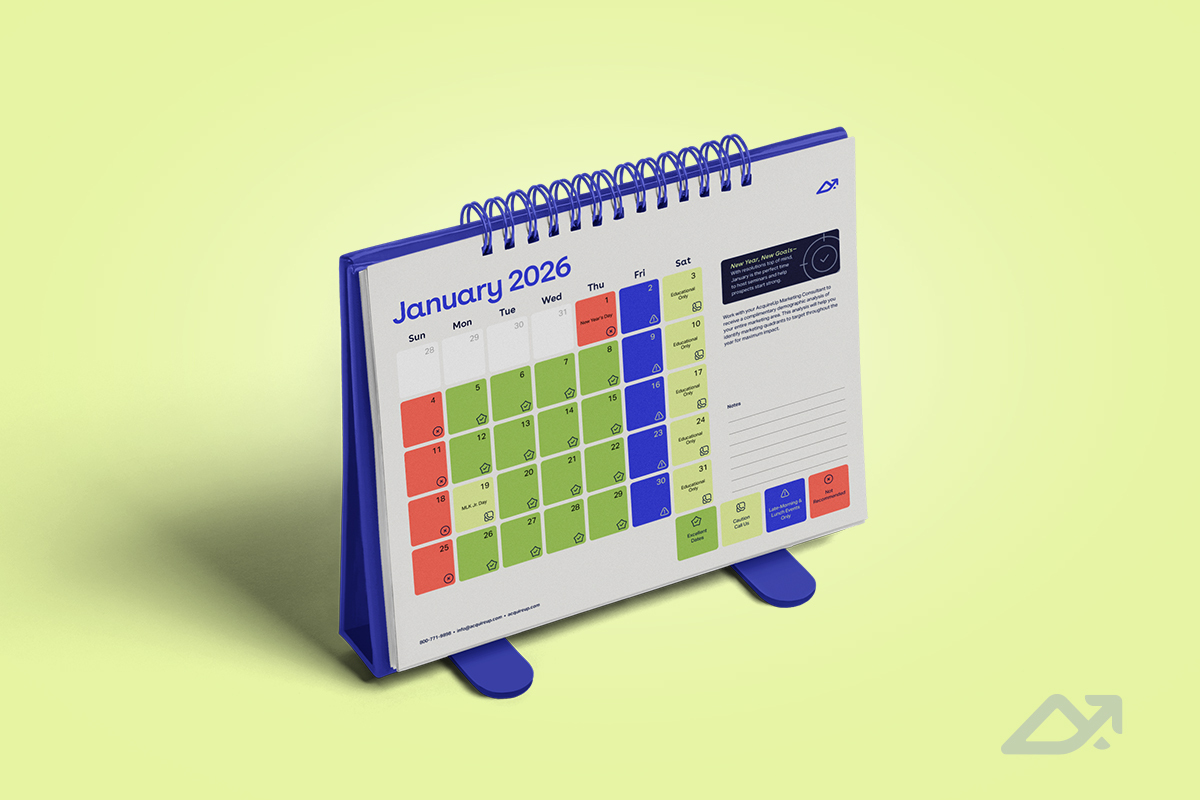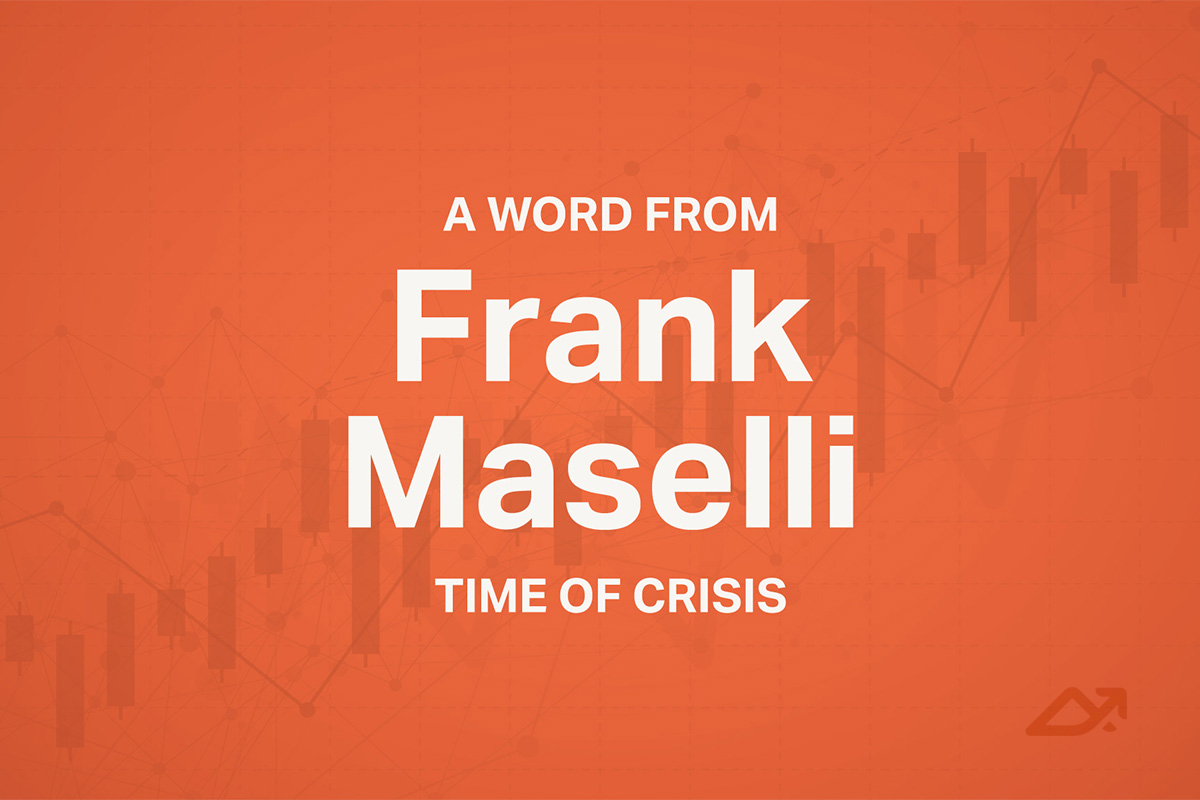Is your client outreach an organized campaign or just a handful of scattered check-ins? For many advisors, a lack of consistent communication is the elephant in the conference room–and the cost is real.
Here’s the number that matters: Lack of communication is the #1 reason clients leave. Flip the script, and 85% of high-net-worth clients say regular check-ins are why they stay. Translation: Consistent outreach equals loyalty.
If that’s not enough, consider the market landscape in 2025. With inflation hovering around 3%, interest rates sticking higher for longer, and economic headlines fueling anxiety, staying visible and relevant is more important than ever. Yet, many advisors still rely on reactive check-ins or generic emails–missing the opportunity to build deep, lasting trust.
It’s time to stop letting communication gaps undermine your growth. Transform every touchpoint into a bridge–not a barrier–to client loyalty.
How Simple “Office Hours” Make You More Accessible and Build Trust
Want to be the advisor clients never leave? Make yourself accessible.
Too many advisors go radio silent between reviews. That’s a huge mistake. Regular office hours are beyond helpful to your clients, and your business. They build trust, answer worries fast, and keep you top of mind when a client has a question.
But what about the questions, worries, or milestones that pop up in between? Offering regular office hours is a simple, scalable solution that builds trust and deepens engagement.
Picture your office hours as a standing bridge–inviting clients to cross whenever they need guidance, not just when a scheduled review comes up. These sessions aren’t just about troubleshooting investment choices. They’re a safe space for honest conversation about market fears, family milestones, or everyday financial challenges.
To launch effective office hours, schedule consistent time slots–weekly or biweekly open office hours work best. Then, promote them everywhere by mentioning your availability in onboarding emails, newsletters, and at the end of every seminar, while encouraging clients to bring up whatever’s on their mind, from economic headlines to personal goals.
The result? Clients who know they can reach you are less likely to “shop around” or become dissatisfied. Even one hour a week can dramatically increase client satisfaction and loyalty.
Why Newsletters Are Your Most Underrated Retention Tool
Think newsletters are just inbox clutter? Think again. In 2025, the best financial advisors use newsletters as their main tool for staying top-of-mind and delivering value. The key is to move beyond generic updates and make every edition actionable, relevant, and data-driven.
The Problem:
Many advisors still send newsletters that read like industry white noise–market summaries, product promotions, or impersonal announcements. Clients tune out.
The Solution:
- Translate news into actionable insight: Explain what a Fed rate cut actually means for their mortgage or retirement plan.
- Use case studies and stories: Share anonymized real-world examples. “How one family protected their buying power this year” is far more memorable than a list of market stats.
- Incorporate current, credible data: Citing the Bureau of Labor Statistics or the latest money market trends (for example, “$7 trillion in money market assets as of March 2025”) positions you as both trustworthy and current.
Checklist for Newsletter Success:
- Segment lists so retirees, pre-retirees, and younger clients all get relevant content.
- Include sections like “You Asked, We Answered” to address client FAQs from office hours.
- End each issue with a clear call-to-action: Book office hours, register for an event, or download a planning tool.
An informative, engaging newsletter can quickly become a trusted, go-to resource that clients think of you when they need advice.
Pro tip: Our automated nurture campaigns help you stay connected and reduce turnover with personalized, value-driven content—just like one advisor whose weekly newsletter helped convert two long-term prospects!
How Webinars and Seminars Scale Your Expertise Across Generations
Educational events–whether in-person or virtual–are still among the most effective ways to grow your practice. Still, many advisors fall into the trap of “random acts of marketing,” putting on a few seminars here and there with little follow-up or overall strategy.
The data makes it clear: only 35% of advisors host more than one seminar a year, and fewer than one in four attendees ever convert if there isn’t a structured follow-up process in place.
To truly make seminars work for your business, it’s important to start by choosing topics that resonate with your target audience. Subjects like Social Security planning, college savings, first-time home buying, and investing in uncertain times attract the right mix of attendees and keep your events relevant.
But consistency is what turns seminars from isolated events into true growth engines. Hosting events on a monthly or quarterly basis keeps momentum strong, builds familiarity, and positions you as the advisor who shows up, every time.
But the real magic happens after the event. Instead of letting your attendees slip away, follow up with each one personally. Automated sequences can help keep things organized, but a personal touch–like sending slides, additional resources, or an invitation to your office hours–goes a long way in turning curiosity into actual relationships.
Promoting your seminars across your newsletter, website, and social media helps you reach your full audience, all while tracking registrations and follow-ups in your CRM to make sure no lead falls through the cracks.
How to Use Real Economic Data to Stay Relevant and Credible
Credibility is about much more than simply being present for your clients. It’s about offering advice grounded in real data, and having the systems in place to track the results of every strategy you implement.
Citing reliable sources, such as the Federal Reserve, the Bureau of Labor Statistics, or respected financial publications, gives clients confidence that your recommendations aren’t just opinions. They’re anchored in the facts that matter most.
Beyond industry data, sharing client outcomes is also powerful. When you point to results, you help clients understand the real-world impact of your approach–serving as proof that your strategies work.
Measurement is where good intentions become great business decisions. Tracking the metrics that matter gives you the insight you need to continuously refine your approach and invest your energy where it counts.
When you can clearly show both prospects and existing clients exactly how your process delivers results, you don’t just build trust–you turn that trust into long-term loyalty. And as every advisor knows, loyalty is the foundation that naturally leads to referrals and sustainable growth.
Building client loyalty starts with staying connected. Use our guide, Consumer Spending & Investment Behavior in 2025, to tailor your messaging to what matters most to your clients today.






.jpg)

.png)

























